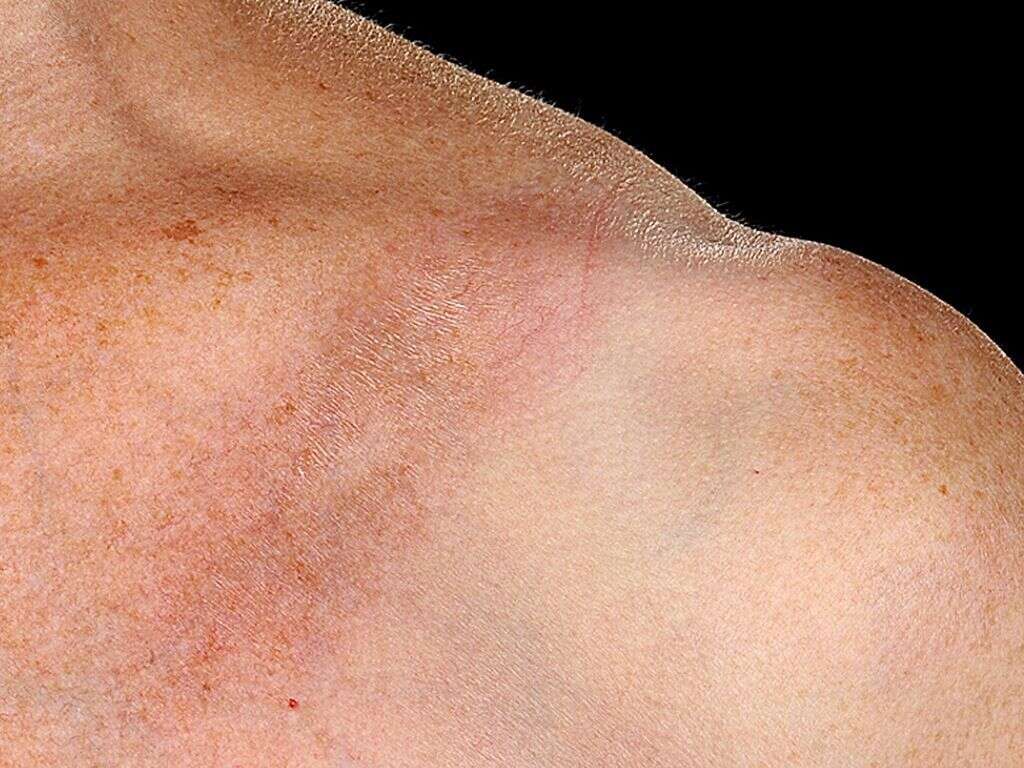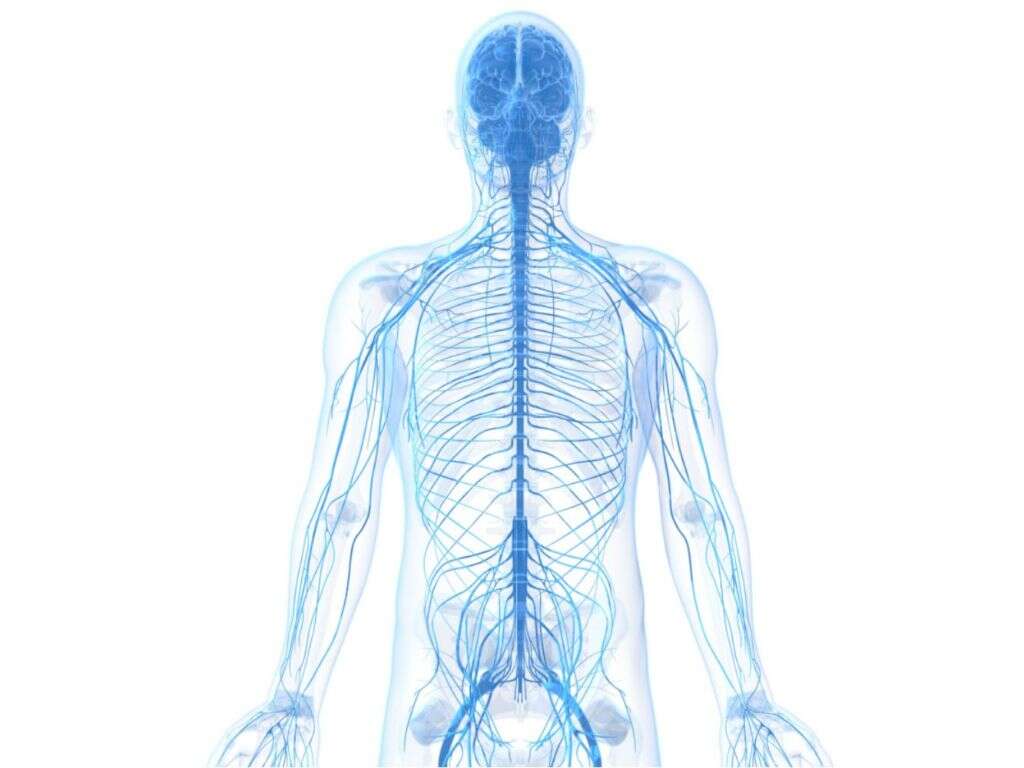What Is Werner Syndrome?
Preventing ageing is one of the holy grails of science, but we are still far from a solution. Modern medicine does help us to live for longer, however, and also more healthily. We can even slow down the appearance of ageing if we take good care of our bodies. From some people, however, ageing is something that will happen sooner rather than later.
Werner syndrome is a condition that causes people to age considerably faster than they otherwise would. It can cause people to appear to be old even when they are quite young. It can also cause other symptoms that can affect the patient’s quality of life, and their life expectancy will be lower than normal.
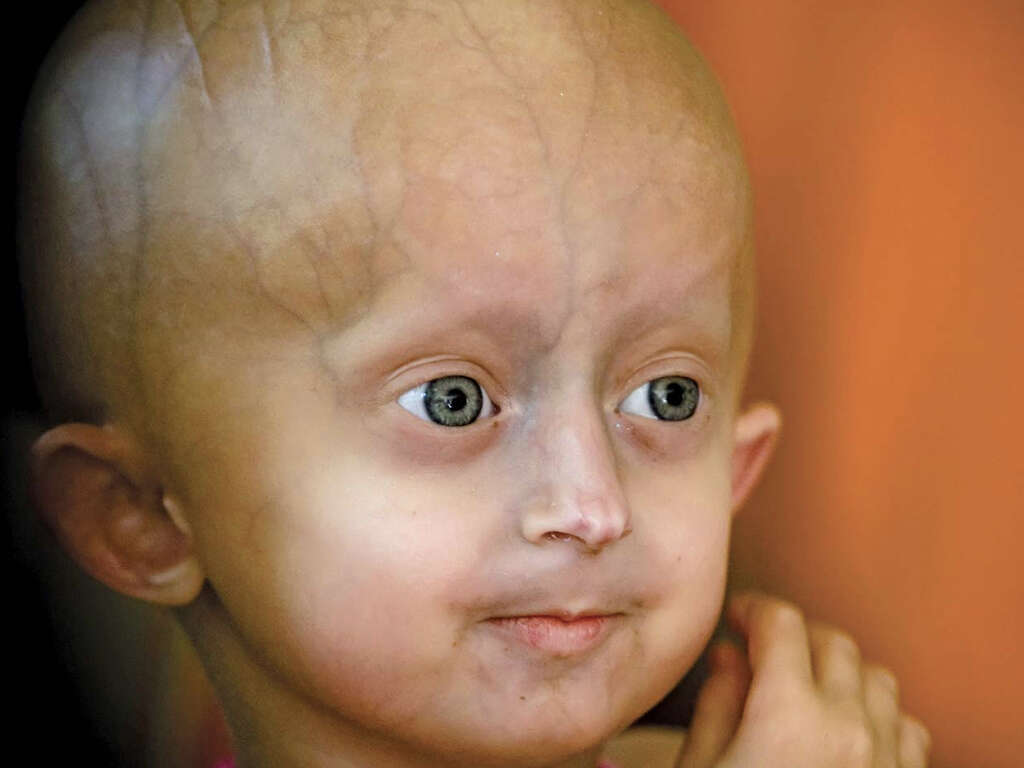
1. Werner Syndrome
Werner syndrome, which is also known as progeria, is thankfully a very rare condition. Its main characteristic is that it causes people to age prematurely in appearance and in other ways. It can also cause a number of other unwelcome conditions, some of which can be very dangerous.
The symptoms of Werner syndrome will usually start to show in the patient’s teenage years, triggering when the patient begins puberty. Some of the more advanced symptoms of the disease will tend to develop when the patient is in their 30s. People with the condition will have a life expectancy of around 45 to 55 years old.

2. Causes
Werner syndrome is a condition that is passed down from the patient’s parents. In other cases, it is caused by a mutation in the patient’s genes. There is still a lot that we don’t know about the condition and more research needs to be done.
We do know that in order for somebody to have Werner syndrome when passed on from their parents, they must have two copies of the gene. This means that one must have come from each parent. If the patient has only one copy of the gene responsible then they will show no symptoms of the condition, but they can pass it on to their children.

3. Prevalence
As mentioned, Werner syndrome is very rare. This is partly because both parents must have passed on the gene to their child for them to have the condition. The condition is more common in Sardinia, Italy, and Japan. Even in these locations it will still only affect around 1 in every 30,000 people.
The reason for the condition’s higher prevalence in these regions is thought to be down to a phenomenon known as a founder mutation. This means that a mutation occurred when the population was low, and this means it is now carried by a higher percentage of the population. Elsewhere in the world, only around 1 in every 200,000 people will have the condition.

4. Ageing Skin
One of the most characteristic symptoms of Werner syndrome is that the patient’s skin will begin to take on an aged appearance. This largely means the skin will become thinner and wrinkled, giving the appearance of being elderly. The patient is also more likely to experience ulcers, and they can lose the tone in their muscles.
Another characteristic that is typical of ageing is cataracts. This is when the lens of the eyes becomes cloudy over time, making it gradually harder for the patient to see. Cataracts can usually be treated by removing the clouded lens and replacing it with an artificial lens.

5. Infertility
As mention, Werner syndrome does not usually start showing symptoms until the patient begins puberty. Puberty is a time when people change from being children to being adults, so it is a time when our sex organs go through a period of relatively rapid development.
Many people with Werner syndrome will not be able to have children because their sex organs have not developed in a condition known as hypogonadism. Patients with the condition will also sometimes suffer from gonadal atrophy. Some patients with the condition may be able to have children, and their children will not necessarily have the disease.

6. Osteoporosis
Osteoporosis is another condition that tends to affect elderly people, but can affect people with Werner symptom at a relatively young age. It is a condition that causes the patient’s bones to become weaker as the density of the bone tissue decreases. The bones become easier to break than usual, so people with the condition are more prone to fractures.
It is often the case that the patient will be unaware of having osteoporosis. That is until they break a bone, at which point the condition will often be revealed. Patients with Werner syndrome can also experience changes in the bones in their toes and fingers.
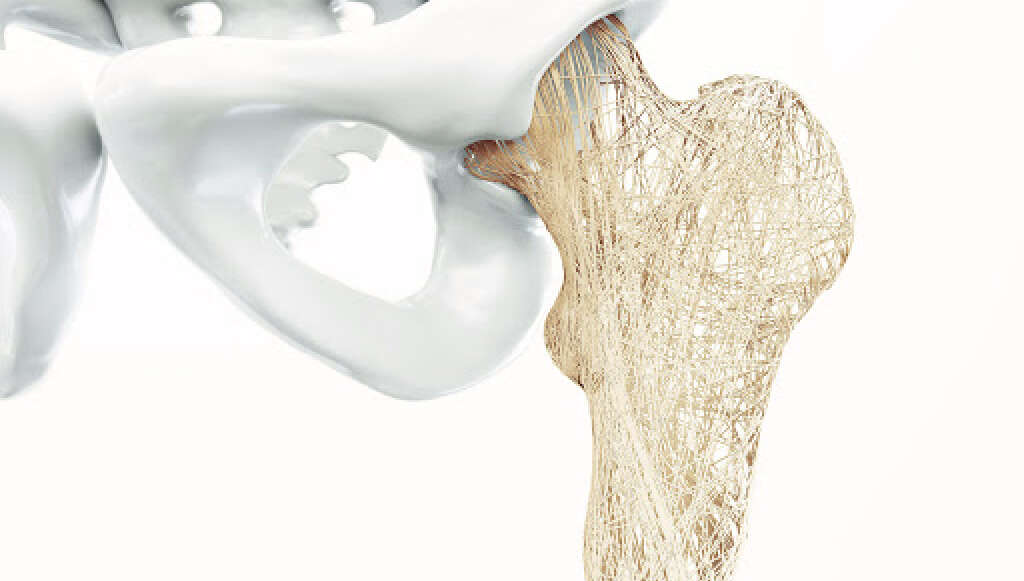
7. Atherosclerosis
Atherosclerosis is a condition where the patient will experience a build-up of plaque in their arteries. This is a potentially serious condition as the build up can mean that the patient’s arteries can become blocked. Atherosclerosis and other associated cardiovascular conditions are one of the leading causes of death in people that have Werner syndrome.
Patients with the condition are also more likely to develop type 2 diabetes, and this can mean even more changes to their lifestyle. People with diabetes will need to be careful about what they eat to help prevent dangerous spikes in their blood sugar levels.
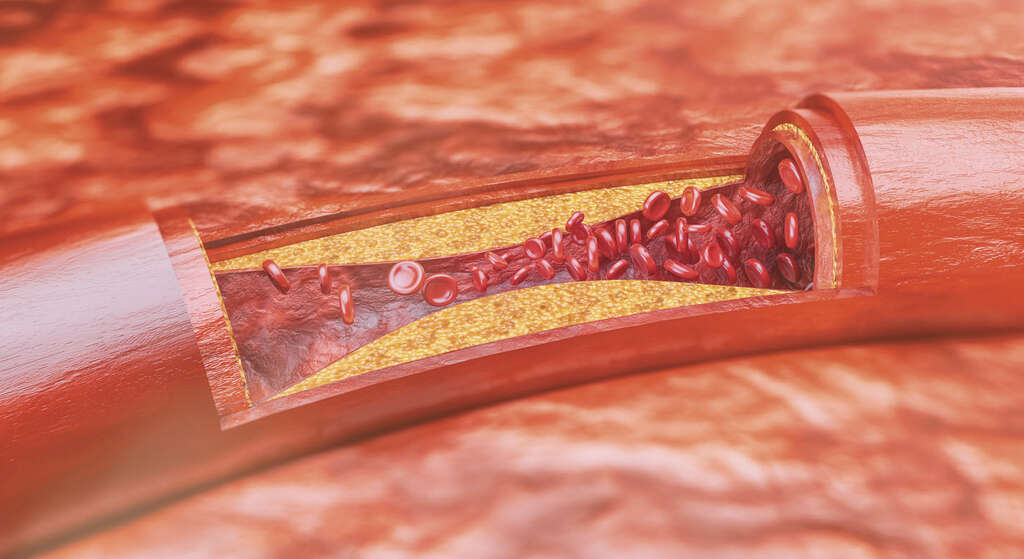
8. Cancer
People that have Werner syndrome are also more likely to develop cancer than those that don’t. There are a few different types of cancer associated with Werner syndrome, and cancers are among the leading causes of death in people with the syndrome.
One cancer associated with Werner’s syndrome is soft tissue sarcoma, which affects the connective tissues in the body. Thyroid cancer is also associated with the condition, as is osteosarcoma, which is a kind of bone cancer. Another cancer associated with Werner’s syndrome is melanoma that will be located in the patient’s skin. Precautions will often need to be taken to help reduce the chance of cancer developing.

9. Other Symptoms
In addition to the symptoms mentioned, patients can also expect to show more, many of which will affect their physical features. One of which is that the patient will be considerably shorter than usual. They are also likely to have limbs that are far thinner than usual, and they can also have a voice the is high-pitched or hoarse.
Patients can also find that their hair begins to go grey sooner than usual, and it can also start to go thin. In addition, the patient is likely to have a positive urine hyaluronic acid test in urine collected over 24 hours.

10. Treatment
As things stand there is no way to treat Werner syndrome. Treatment is available for many of the patient’s symptoms, however, such as diabetes and heart disease. Other treatments can include medication for osteoporosis, and surgery to remove cataracts.
The patient will also need to make certain lifestyle choices in order to keep themselves relatively healthy. For example, they will need to try and avoid exposure to the sun because of the increased risk of skin cancer. The patient should also avoid smoking, and they should also try and maintain a healthy weight and try to be as active as possible.





